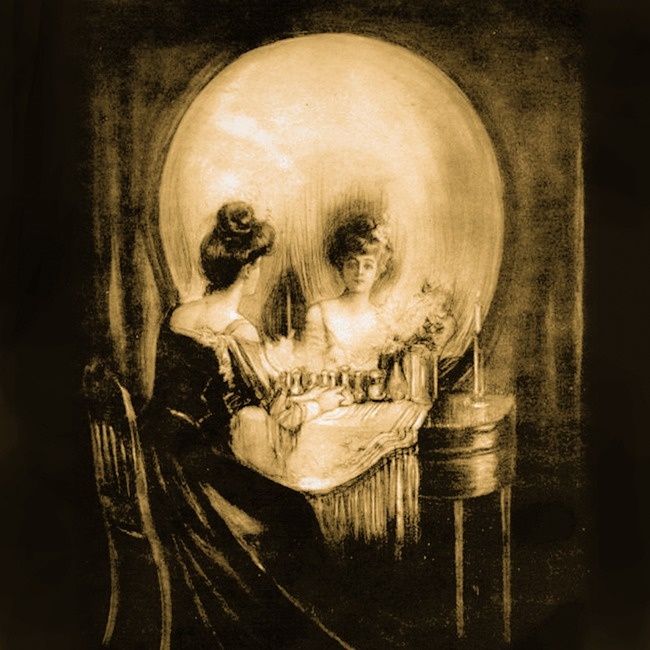Art is a powerful medium. It engages the senses, makes life extraordinary, conveys emotion, and creates community. Pictures, sculptures, paintings and other art forms can express the thoughts, perspective, and beliefs of the artist, but it can also say something entirely different from what the artist had intended. It all depends on the perspective of the one beholding it.
And your perspective might indicate a thing or two about your personality.
Scroll through the pictures below. Then read the analysis below each image to see what your perspective might suggest about your personality.
1.

Did you see a young woman? If so, chances are you’re optimistic and a little impulsive. You are likely a happy person.
Did you see an old woman? If you did, you probably have a lot of life experience. You’re inclined to think critically and approach life’s problems from all angles.
2.

Did you see a skull? Then you’re likely a realist and a cynic. You understand that all good things in life are only temporary.
Did you see a woman? If so, you likely are innately naive. You probably fail to notice danger or problems.
3.

Did you see a duck? This means the right hemisphere of your brain dominates over the left one, indicating that you’re a humane individual.
Did you see a rabbit? If so, the left hemisphere of your brain is dominant. This means you’re probably more technically minded than you are caring.
Did you see a rabbit and a duck at the same time? If so, you probably have a creative personality. Your imagination is powerful and you can read between the lines.
4.

Did it look like the cat was ascending the steps? If that’s you, you don’t pay attention to detail. And you’re probably disorganized or naive. You believe what you see, and this makes you have a zest for life and frees you from cynical thoughts and worry.
Did it seem like the cat was descending the steps? If so, you’re either an attentive individual or you have superb intuition. You scrutinize important questions with care and don’t rely on luck to help you solve problems.
Source:


